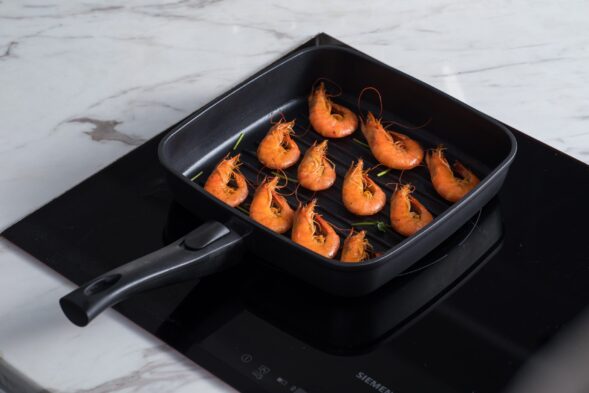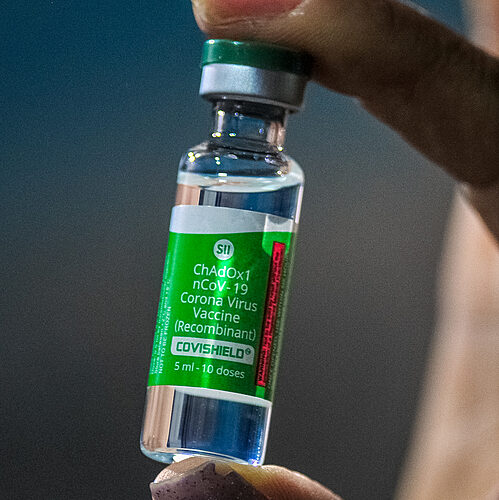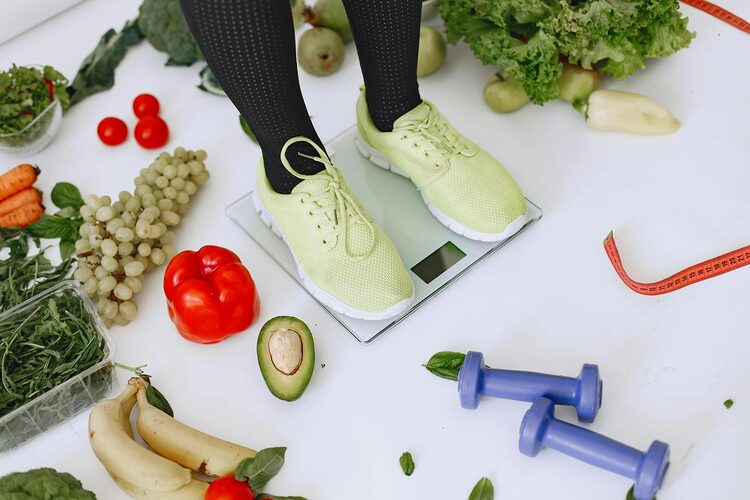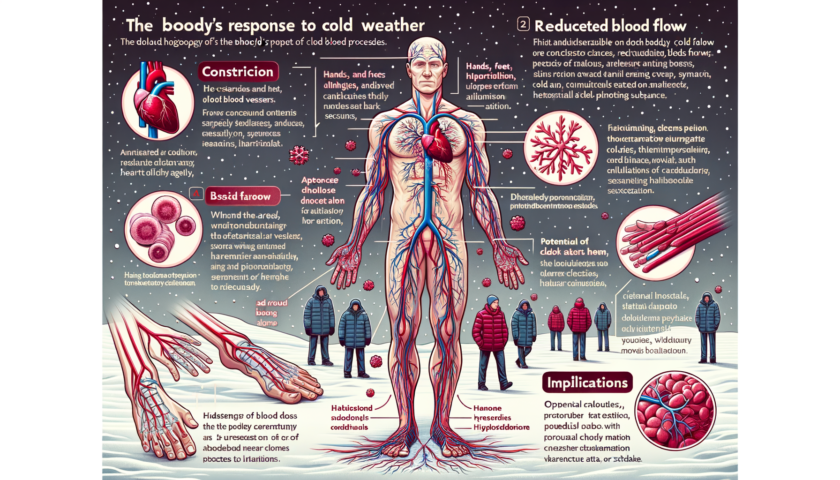Nonstick and ceramic frying pans have become staples in many kitchens due to their convenience and easy cleanup. However, recent research has raised concerns about the potential health hazards associated with these popular cookware options.
Table of Contents
- Introduction
- The Rise of Nonstick and Ceramic Cookware
- The Potential Health Risks
- Environmental Concerns
- How to Minimize Risks
- Conclusion
- FAQs (Frequently Asked Questions)
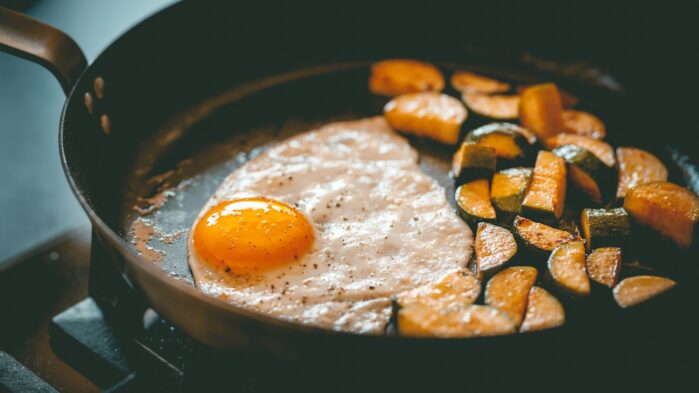
Introduction
In today’s kitchens, nonstick and ceramic frying pans have become staples for their convenience and ease of use. However, beneath their shiny surfaces lie hidden dangers that many consumers are unaware of. In this article, we’ll delve into the risks associated with these popular cookware options and explore ways to mitigate them.
The Rise of Nonstick and Ceramic Cookware
The Appeal of Nonstick Surfaces
Nonstick frying pans gained popularity due to their ability to cook with minimal oil and prevent food from sticking to the surface. This convenience factor made them a favorite among home cooks and professional chefs alike.
Emergence of Ceramic Cookware
Ceramic frying pans emerged as a healthier alternative to traditional nonstick pans, boasting natural nonstick properties without the use of harmful chemicals like PFOA and PFAS.
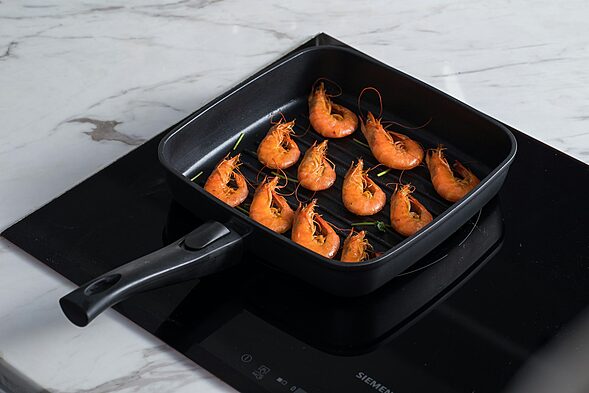
The Potential Health Risks
Chemical Exposure
Studies have shown that when nonstick pans are exposed to high heat or abrasive utensils, the nonstick coating can deteriorate, leading to scratches and chips. This deterioration can release harmful chemicals and particles into the food being cooked.
One of the main concerns associated with nonstick pans is the presence of perfluorooctanoic acid (PFOA) and polytetrafluoroethylene (PTFE). These chemicals are used in the manufacturing of traditional nonstick coatings and have been linked to various health issues. Prolonged exposure to these fumes may pose health risks, including respiratory problems and flu-like symptoms.
PFOA is a synthetic chemical that has been classified as a possible human carcinogen by the International Agency for Research on Cancer. PTFE, commonly known as Teflon, can release toxic fumes when exposed to high temperatures, which can lead to flu-like symptoms known as Teflon flu.
Similarly, ceramic frying pans have gained popularity as a safer alternative to nonstick pans. However, recent studies have revealed that some ceramic coatings may contain heavy metals such as lead and cadmium, which can pose serious health risks if ingested.
Health Concerns with Ceramic Coatings
While ceramic cookware is marketed as a safer option, some ceramic coatings may contain heavy metals like lead and cadmium, which can leach into food over time, posing health hazards.
It is crucial to be aware of the potential risks associated with nonstick and ceramic frying pans. By taking these precautions and making informed choices, we can ensure the safety of our food and protect our health.
Environmental Concerns
Disposal and Decomposition
Both nonstick and ceramic cookware pose challenges in terms of disposal. Nonstick pans, which contain synthetic materials, are not biodegradable and contribute to landfill waste. On the other hand, ceramic pans may break down over time, releasing harmful chemicals into the environment.
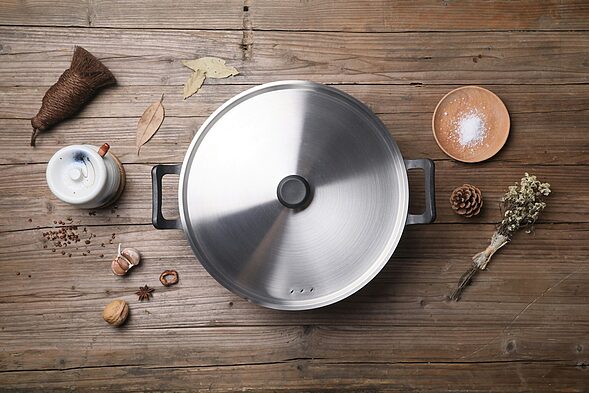
How to Minimize Risks
It is essential to take precautions when using nonstick or ceramic pans. Here are a few tips to minimize the potential health hazards:
Proper Usage and Care
- Avoid overheating nonstick pans, as high temperatures can degrade the nonstick coating and release toxic fumes.
- Use wooden or silicone utensils instead of metal utensils to prevent scratching the surface of nonstick and ceramic pans, which can lead to the release of harmful chemicals.
- Hand wash nonstick and ceramic pans with mild detergent to preserve their nonstick properties and avoid dishwasher damage.
- Avoid using damaged or scratched nonstick pans, as they are more likely to release harmful particles into the food.
- Consider using alternative cookware options such as stainless steel, cast iron, or glass.
Choose Quality Brands
- Opt for cookware from reputable brands that prioritize safety and quality standards in their manufacturing processes.
- Look for nonstick pans with PFOA and PFAS-free coatings and ceramic pans certified as lead and cadmium-free.
- Best Option is not to use Non-stick but Iron or Earthen cook ware.

Regular Inspection
- Periodically inspect nonstick and ceramic pans for signs of wear and damage, such as scratches, chips, or peeling coatings.
- Replace worn-out cookware to minimize the risk of chemical exposure and ensure food safety.
Conclusion
While nonstick and ceramic frying pans offer convenience in the kitchen, it’s essential to be aware of the potential hidden dangers they pose. By understanding these risks and taking proactive measures to minimize them, you can enjoy safe and healthy cooking for you and your family.

FAQs (Frequently Asked Questions)
Q: Are nonstick pans safe to use?
A: Nonstick pans can be safe when used properly and with caution. Avoid overheating them and using metal utensils that can scratch the surface.
Q: How often should I replace my nonstick or ceramic frying pan?
A: It’s recommended to replace nonstick and ceramic pans every few years or when signs of wear and tear, such as scratches or peeling coatings, become apparent.
Q: Can I use nonstick or ceramic pans in the oven?
A: Many nonstick and ceramic pans are oven-safe, but always check the manufacturer’s instructions for specific temperature limits and guidelines.
Q: What is the best way to clean nonstick and ceramic pans?
A: Hand wash nonstick and ceramic pans with mild detergent and avoid abrasive scrubbers or harsh chemicals that can damage the surface.
Q: Where can I find high-quality nonstick and ceramic cookware?
A: Look for reputable kitchenware brands that offer nonstick and ceramic pans certified as safe and free from harmful chemicals.







